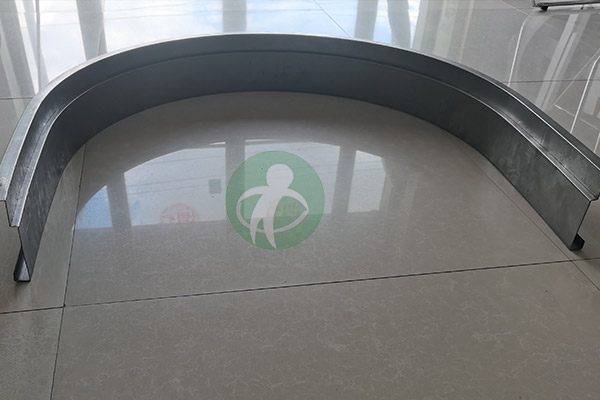Redefining the construction industry with innovative solutions, cuttin-edge technology and sustainable practices
Profile Bending 2025-06-12
With the acceleration of urbanization and the continuous evolution of architectural design concepts, the requirements for materials in the construction industry are becoming higher and higher, and the development of its construction market is constantly promoting the application of new technologies. Among them, profile bending technology, as an important processing technology, is rapidly rising and becoming an important solution to improve the flexibility and aesthetics of architectural structures.
First, profile bending technology overview
Profile bending technology refers to the heating, cooling or direct use of mechanical force on the metal profile through special equipment, so that it forms a specific bending shape. This technology can not only be used for a variety of materials such as aluminum alloy and steel, but also flexibly change the shape and size of the profile according to the needs of architectural design.
The main advantage of this technique lies in the ability to achieve complex geometries, which are important for the curved aesthetics and structural functionality pursued in modern architectural design. Through the profile bending technology, the structural stability of the building can be effectively enhanced, and the visual effect of the building can also be enriched.
Second, the development of profile bending technology
Profile bending technology started relatively late, but with the development of economy and the demand growth of the construction industry, the technology has gradually been paid attention to. At the beginning, the drawing and bending of profiles mainly depended on the traditional manual process, which had low production efficiency and low accuracy. With the advancement of science and technology and the improvement of mechanization level, modern bending equipment and technology are gradually introduced. In recent years, scientific and technological innovation and industrial upgrading, many enterprises have invested in profile bending equipment, the introduction of new numerical control technology. These new equipment not only improves the production efficiency, but also greatly improves the accuracy of the product, so that the profile bending can meet the needs of complex architectural design.

Third, the application of profile bending in building structure
1. Increase flexibility
The great advantage of profile bending technology is its flexibility, which can produce a variety of shapes according to the designer's requirements. Whether it is the curve of the building facade or the streamlined structure of the internal space, it can be realized by the pull and bend process. This flexibility allows architects to be bold and innovative in their design, breaking the shackles of traditional linear structures, and creating buildings with individuality and beauty.
2. Enhance aesthetics
Modern architecture pays more and more attention to the beauty of appearance. The application of profile bending technology makes the building facade present more rich curve effects. This fluid shape not only enhances the overall aesthetic of the building, but also better integrates with the surrounding environment.
3. Structural advantages
Profile bending technology not only has outstanding performance in aesthetics, but also provides significant advantages in structure. Since the curved profiles are able to distribute the load more evenly, the stability of the building is enhanced. This is especially important for buildings with high requirements such as wind and earthquake resistance. Taking into account the climatic conditions and geological environment, the building with tension and bending technology can better adapt to the changes of the external environment and improve the safety of the building.
Iv. Technical Challenges and Prospects
Although the profile bending technology has made certain achievements in the development, it still faces some technical challenges. Firstly, the stretching and bending process requires high equipment and technology, and enterprises need to constantly invest in updating equipment to remain competitive. Secondly, the professional quality of technical personnel is also very important. The current shortage of professional and technical personnel in the industry has led to restrictions on the implementation of technology in some enterprises.
However, with the increasing demand for personalized and complex designs in the construction industry, the market prospect of profile bending technology is still broad. Future construction projects will pay more attention to innovation and quality, and profile bending technology will play an important role in it.
The application and development of profile bending technology is the embodiment of the combination of modern architectural design concept and technological progress. By improving the flexibility and aesthetics of architectural structures, the profile bending technology brings new opportunities and challenges to the construction industry. Facing the future, enterprises need to continue to strengthen technological innovation and cultivate professional talents to adapt to the ever-changing market demand. Only in this way, the profile bending technology can stand in an invincible position in the fierce competition and make a greater contribution to the overall level of urban architecture.